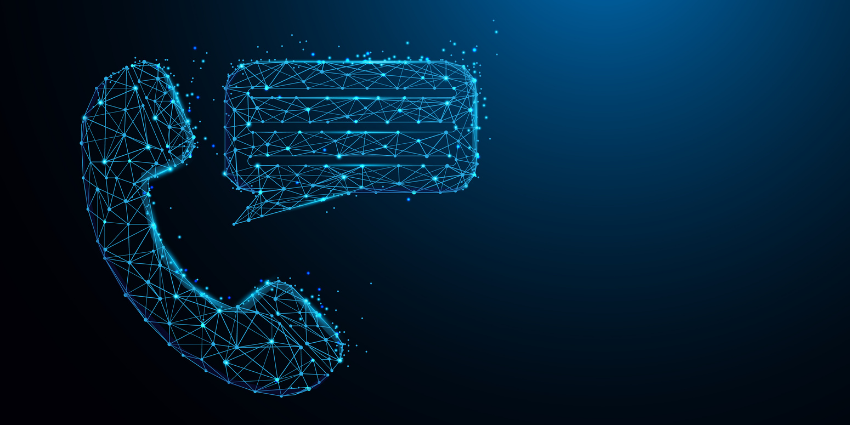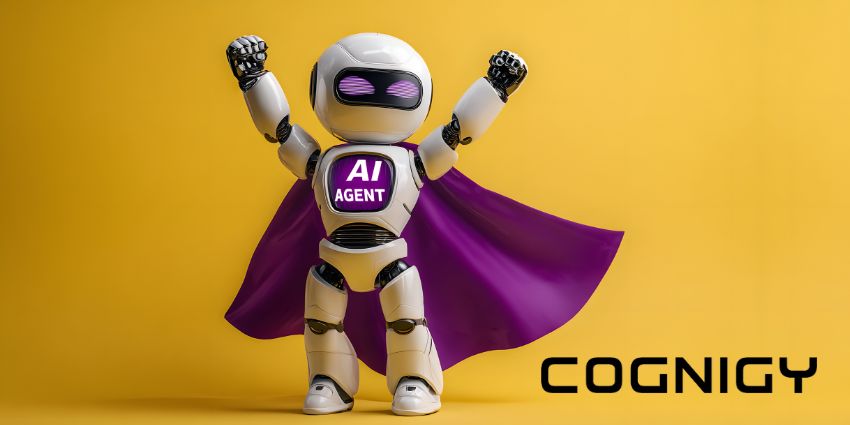Speech technology is a rapidly growing market. Last year, we reported that by 2023, speech recognition will be worth $18 billion globally due to the fact that so many contact centres still rely on voice. Despite the advent of digital channels, a whopping 92% of all business and customer interactions still happen via voice. One of the easier technologies to implement in this category is historical speech analytics (as opposed to real-time solutions).
What is Historical Speech Analytics and How is it Different from Real-Time Speech Analytics?
Historical speech analytics (also called post-call speech analytics), is a technology that uses speech recognition, artificial intelligence, and voice biometrics to classify calls, identify trends, and find the root cause of common problems. It is largely strategic in nature, as it processes a large volume of recorded calls together to draw correlations, patterns, and dominant trends over a period of time.
Real-time speech analytics, on the other hand, detects situation classifiers and anticipates events in ongoing conversations — like sales opportunities, at-risk customers, and potential escalation requirements.
Historical speech analytics differs from its real-time counterpart in terms of:
- Dataset – It needs a sizeable volume of call records to draw accurate and meaningful insights. Real-time analytics can start working from a single live conversation (given preset business rules)
- Insights – It offers strategic insights that are helpful to team leaders, contact centre managers, and business/product executives. Real-time analytics are more useful for on-ground agents
- Applications – It aids in planning business processes, creating call scripts based on common problems, and training agents — in other words, long-term use cases. Real-time speech analytics is best suited for short-term outcomes and in-the-moment performance
- Resources – It requires computing resources for storing call records, sometimes dating back to several years. Real-time analytics require live computing power and more sophisticated algorithms with robust exception handling
Currently, post-call speech analytics solutions dominate the market, helping contact centres study customer intent, monitor performance, and plan accordingly.
Tips for Utilising Historical Speech Analytics
Leverage historical speech analytics to identify and analyse recurring events at your contact centre. Is there a correlation between certain words and phrases with the customer experience? Does call durations beyond a specific threshold lead to frustration? You can verify these long-term hypotheses using historical speech analytics.
The component technologies of historical speech analytics (phonetic indexing, large vocabulary continuous speech recognition, etc.) can be helpful for compliance purposes. Maintain detailed call records using speech analytics to highlight words and phrases that indicate agents have stuck to the script and external compliance standards.
Also, use a comprehensive and representative dataset when analysing historical calls. Leaving out specific types of interactions or choosing calls randomly can skew the analysis and give you incorrect insights.
Finally, adopt historical speech analytics in conjunction with real-time speech analytics. The two technologies perform very different functions and are equally important to your contact centre’s performance. Leverage real-time analytics to improve performance for live calls, while historical analysis works to improve long-term outcomes.







